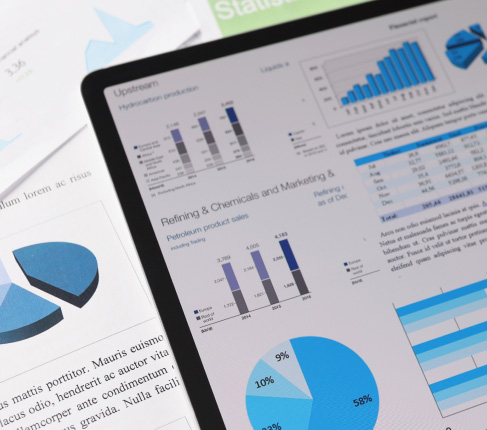NERC Primers A Primer on NERC’s Rules for IBRs NERC...
Read More- Home
- Services
- Saas Solutions
- Alliances
- Resources
- Upcoming Events & Trainings
- Sentinel Newsletter
- White Papers
- Datasheets
- Info Guides
- NERC Primers
- Additional Resources
- Upcoming Events & Trainings
- Sentinel Newsletter
- White Papers
- Brochures
- NERC Primers
- NERC Penalties
- Additional Resources
- August 04, 2024 – August 07, 2024
- September 10, 2024
- September 10, 2024
- September 12, 2024
- Media
- About
- Blog
















